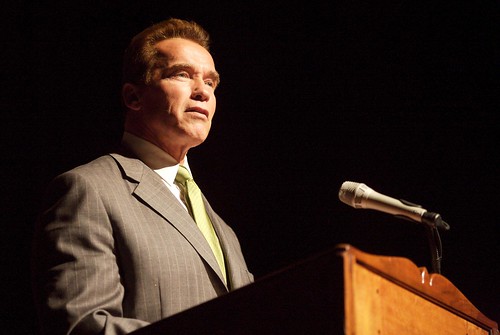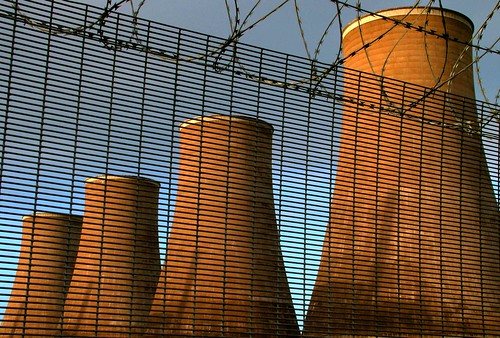
Photo Credit Thomas Hawk
I see Grist reporting that the US’ first Cap and Trade program went live. Power plant owners in 10 Northeastern states had to submit sealed bids in order to emit greenhouse gases yesterday.
Then the New York Times has a story about an alliance of 7 Western States and 4 Canadian provinces who have come together under the name Western Climate Initiative to also put a Cap and Trade system in place.
While the WCI draft plan doesn’t come into effect until 2012, the Northeastern states is now live! It only requires a 10 percent reduction in emissions by 2019 and that only in emissions generated by power plants but it is better than nothing and it sets a precedent.
And, as Gov. Arnold Schwarzenegger said
We’re sending a strong message to our federal governments that states and provinces are moving forward in the absence of federal action, and we’re setting the stage for national programs that are just as aggressive.
More aggressive, I hope – looks like politics has seriously diminished the “Terminator’s” definition of aggressive!


